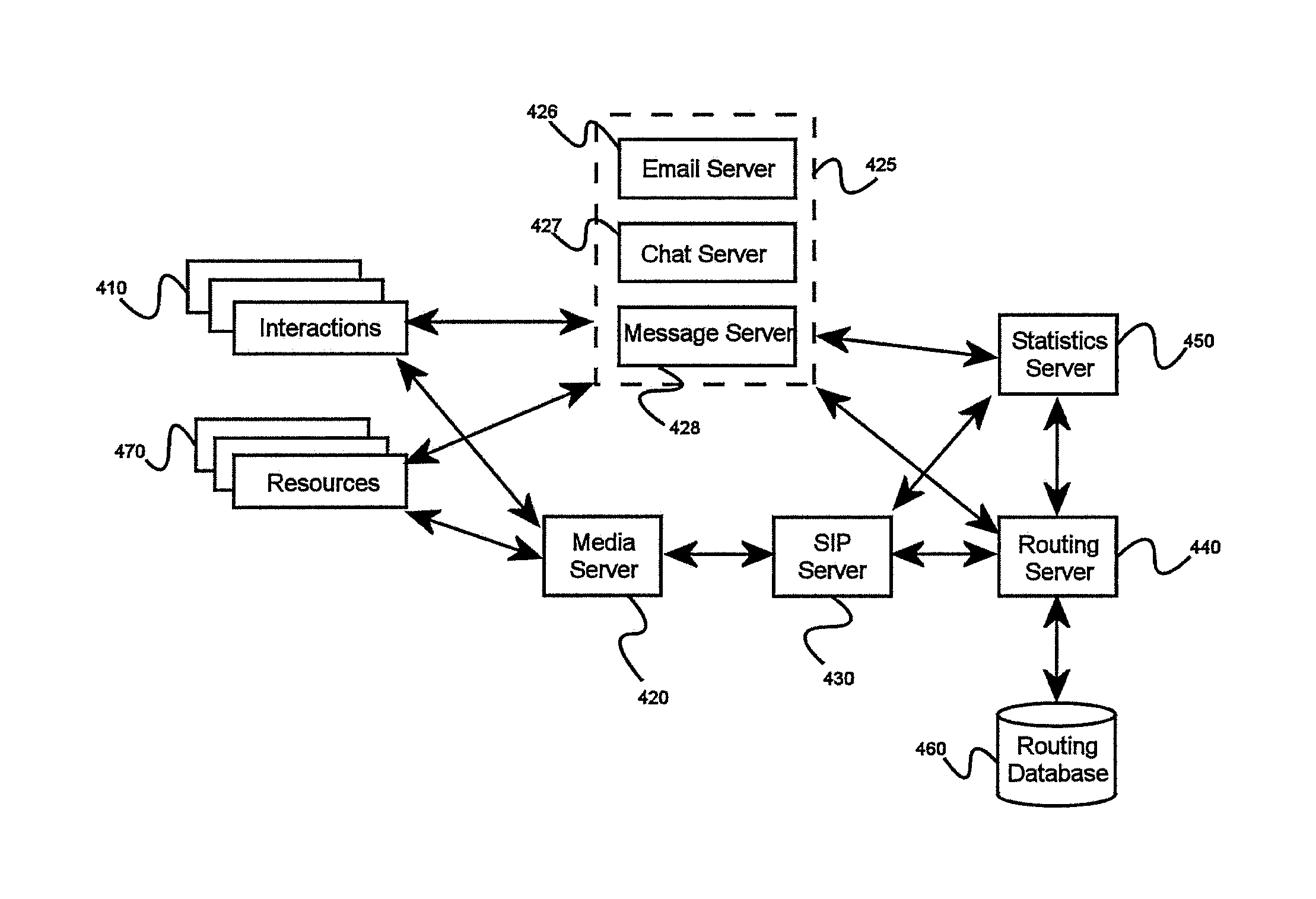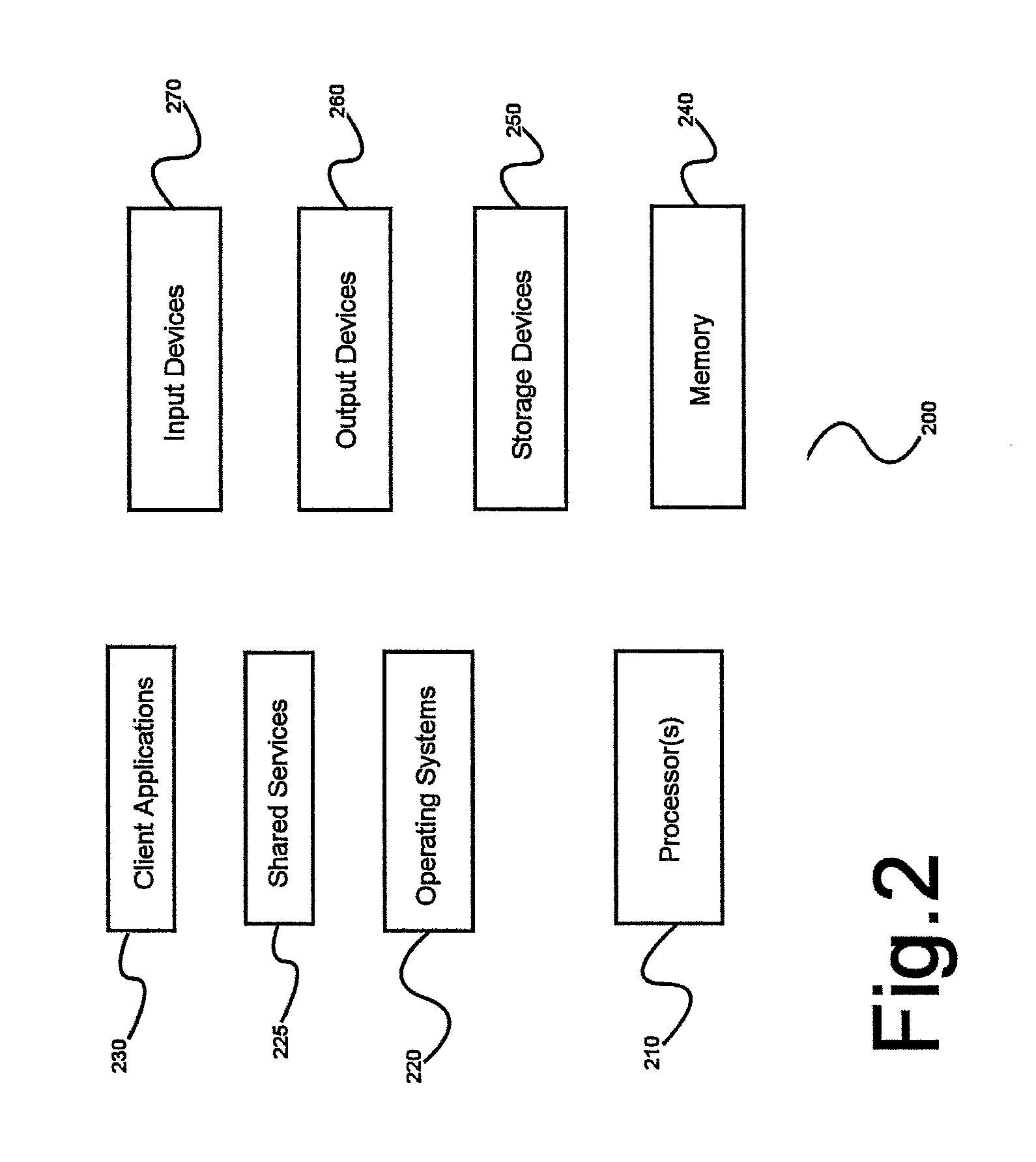System and method for optimized and distributed routing of interactions
a technology of interaction routing and distributed routing, applied in the field of interaction routing, can solve the problems of surprising, intrinsically complex, and more complex business processes engaged in by enterprises, and achieve the effect of reducing the connection between skills as assigned and actual capabilities of agents
- Summary
- Abstract
- Description
- Claims
- Application Information
AI Technical Summary
Benefits of technology
Problems solved by technology
Method used
Image
Examples
Embodiment Construction
[0030]The inventor has conceived, and reduced to practice, a system and method for optimized and distributed routing of interactions. Systems deployed in accordance with one or more embodiments of the invention will generally be easily extensible to handle new interaction types and other activities such as work items or eLearning modules, that may require routing, and will be suitable for use in a wide range of deployment architectures, including particularly cloud-based routing architectures that manage routing of interactions for a large number of agents across a large number of enterprises.
[0031]One or more different inventions may be described in the present application. Further, for one or more of the inventions described herein, numerous alternative embodiments may be described; it should be understood that these are presented for illustrative purposes only. The described embodiments are not intended to be limiting in any sense. One or more of the inventions may be widely appl...
PUM
 Login to View More
Login to View More Abstract
Description
Claims
Application Information
 Login to View More
Login to View More - R&D
- Intellectual Property
- Life Sciences
- Materials
- Tech Scout
- Unparalleled Data Quality
- Higher Quality Content
- 60% Fewer Hallucinations
Browse by: Latest US Patents, China's latest patents, Technical Efficacy Thesaurus, Application Domain, Technology Topic, Popular Technical Reports.
© 2025 PatSnap. All rights reserved.Legal|Privacy policy|Modern Slavery Act Transparency Statement|Sitemap|About US| Contact US: help@patsnap.com



